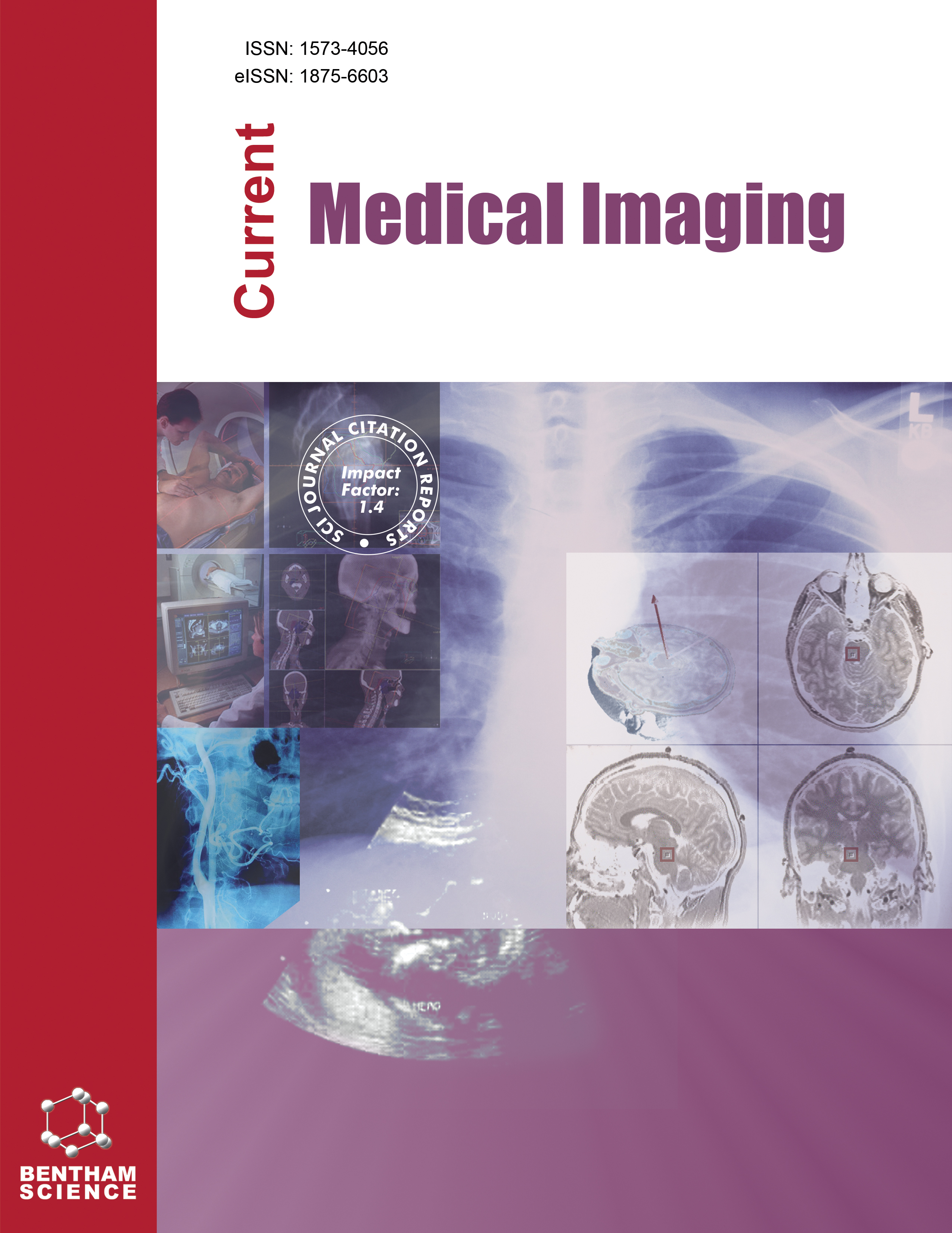-
s Prone Myocardial Perfusion Imaging and Breast Attenuation: A Phantom Study
- Source: Current Medical Imaging, Volume 16, Issue 1, Jan 2020, p. 70 - 79
-
- 01 Jan 2020
Abstract
Background: Soft tissue attenuation artifacts are the most common cause of misinterpretation in myocardial perfusion Imaging (MPI). Few studies assessing the value of prone imaging in women have been published. Breast attenuation artifacts can be present in up to 40% of the MPI studies in women. Objectives: This study aimed at evaluating the potential impact of prone MPI on breast attenuation, with a critical analysis of activity optimization and breast size influence. Methods: MPI of an Anthropomorphic Torso Phantom with silicone breast prostheses and equivalent adipose tissue was compared to a standard MPI database. Results: A medical qualitative and semiquantitative analysis demonstrated higher uptake in the LV anterior segments in the prone position for all injected activities. An artificial myocardium lesion was diagnosable in the right segment in all images, which shows that prone positioning would not mask a true lesion and it assists the cardiologist with a more accurate analysis. These results showed that it is possible to optimize the activity to be injected by up to 55.6% when using combined supine-prone images. Conclusion: Prone position has a high impact on the interpretation of MPI in female patients since it reduces the breast attenuation artifacts, and optimizes the radiation protection of the patient and all staff involved in the procedure, making it more cost-effective.


